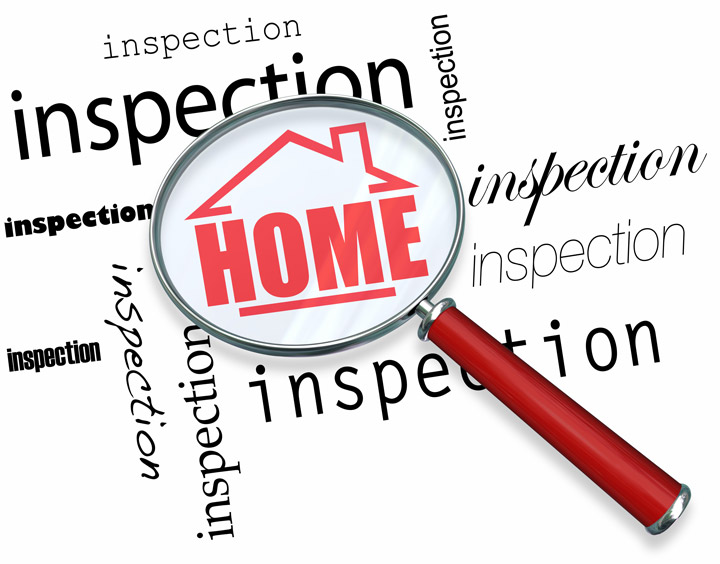
What Are the Parts of an Appraisal?Their home's purchase can be the most serious transaction many might ever make. Whether it's a primary residence, a second vacation property or one of many rentals, purchasing real property is a detailed financial transaction that requires multiple people working in concert to pull it all off. Most people are familiar with the parties having a role in the transaction. The real estate agent is the most recognizable person in the transaction. Then, the mortgage company provides the financial capital needed to fund the exchange. The title company makes sure that all requirements of the transaction are completed and that the title is clear to transfer to the buyer from the seller. So, what party makes sure the value of the real estate is consistent with the amount being paid? In comes the appraiser. We provide an unbiased estimate of what a buyer might expect to pay — or a seller receive — for a property, where both buyer and seller are informed parties. A licensed, certified, professional appraiser from Stacey Scott will ensure, you as an interested party, are informed. The inspection is where an appraisal beginsTo determine the true status of the property, it's our responsibility to first conduct a thorough inspection. We must see features first hand, such as the number of bedrooms and bathrooms, the location, and so on, to ensure they really are there and are in the shape a reasonable buyer would expect them to be. The inspection often includes a sketch of the floorplan, ensuring the square footage is correct and illustrating the layout of the property. Most importantly, we look for any obvious features - or defects - that would affect the value of the property. Following the inspection, we use two or three approaches to determining the value of real property: a sales comparison, a replacement cost calculation, and an income approach when rental properties are prevalent. 
Cost ApproachHere, the appraiser gathers information on local building costs, the cost of labor and other elements to calculate how much it would cost to build a property similar to the one being appraised. This value usually sets the upper limit on what a property would sell for. The cost approach is also the least used method. 
Sales ComparisonAppraisers can tell you a lot about the neighborhoods in which they appraise. They thoroughly understand the value of specific features to the people of that area. Then, the appraiser researches recent sales in the neighborhood and finds properties which are 'comparable' to the real estate being appraised. Using knowledge of the value of certain items such as remodeled rooms, types of flooring, energy efficient items, patios and porches, or extra storage space, we add or subtract from each comparable's sales price so that they are more accurately in line with the features of subject.
After all differences have been accounted for, the appraiser reconciles the adjusted sales prices of all the comps and then derives an opinion of what the subject could sell for. At Stacey Scott, we are experts when it comes to knowing the value of real estate features in Port Hadlock and Jefferson County neighborhoods. This approach to value is usually given the most importance when an appraisal is for a home exchange. Valuation Using the Income ApproachIn the case of income producing properties - rental houses for example - we may use an additional approach to value. In this situation, the amount of revenue the property yields is taken into consideration along with income produced by similar properties to determine the current value. Coming Up With The Final ValueExamining the data from all applicable approaches, the appraiser is then ready to document an estimated market value for the property in question. The estimate of value on the appraisal report is not necessarily what's being paid for the property even though it is likely the best indication of a property's valueThere are always mitigating factors such as the seller's desire to get out of the property, urgency or 'bidding wars' that may adjust the final price up or down. But the appraised value is often used as a guideline for lenders who don't want to loan a buyer more money than the property is actually worth. Here's what it all boils down to, an appraiser from Stacey Scott will guarantee you attain the most accurate property value, so you can make the most informed real estate decisions. |